Not many people like bugs. However, given that there are more than 900,000 different kinds of insects that have been previously named in the world, we definitely need to learn to live with them. In addition to those named, scientists estimate that unknown species could number up to 30 million! (Smithsonian) So how do we co-exist with them, which of them are beneficial garden insects, and how do we attract them to our gardens?
(Some of the links within this post are affiliate links on which I receive a small compensation from the sale of certain items.)
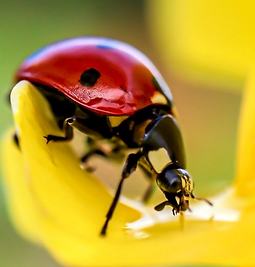
Co-existing With Insects – Jobs of Bugs
Insects are needed for this world to sustain life. Here are just a few benefits of insects.
Pollination
Without insects we would not have beautiful flowers, tasty crops, and mouthwatering fruit trees. Many insects, through pollination, help sustain beneficial crops for humans.
Balance Nature
Insects balance nature through biological control. Many organic farmers infuse good insects into their fields to eat voracious predators. These insects also help add nutrients to the soil by breaking down plant waste and aid in pollination.
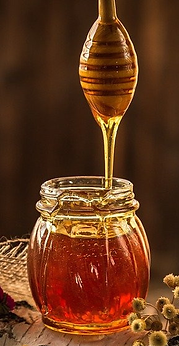
Food
Honey is a wonderful by product of bees. Without honey bees we would not have that wonderful, sweet tasting syrup to add to our favorite tea or recipe.
In Asia, South Africa, and South America, palm weevils, a kind of beetle, are eaten and considered a delicacy. In Mexico, caterpillars of the Giant Skipper variety are eaten as a delicacy.
Insects are a valuable source of protein. Some contain more protein than the equivalent amount of meat or fish. In fact, dried insects have about twice as much protein as raw meat and fish!
Other Products
Silk
China produces approximately 30,000 tons of raw silk. Most is produced by the Silkworm. This dates back to the year 2640 BC when China’s Silk Road became popular. The Silk Road was a trade route that linked China with the west, namely Rome.
Bees Wax
Bees wax is produced by bees mainly in England. It is used for candles, cosmetics and lotions.
Dyes
Scale insects are used for red dye. These insects can be found on cactus plants.
Genetics
Seventy five percent of human diseases can be found in fruit flies. They are very small but can be seen through a microscope which make them appealing for scientists to study in labs. They are also inexpensive to keep. Fruit flies are used as stand-ins for humans in the study of diseases such as ALS.
Aesthetics
I am always in awe as I watch a beautiful Monarch butterfly gracefully flutter through the blossoms of my flowers. Or discover a preying mantis attached to a leaf of a cosmo or marigold. Or observe the quick movement of a dragonfly rapidly darting from plant to plant.
Insects add another dimension to your garden activity. They can be very beautiful to watch and beneficial to its development.
As you can see, life would not be the same without insects.
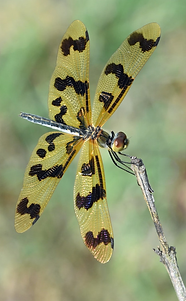
Bring on the Good Bugs!
Sustainability is key when you have a flower garden. You want it to grow and prosper without adding deadly or harmful chemicals. One way to counteract damage and disease caused by harmful insects is to attract good insects into the garden. Below are a list and images of good, predatory insects you like to see in your garden.
Praying Mantis – they have spiked claws that capture and kill their pray
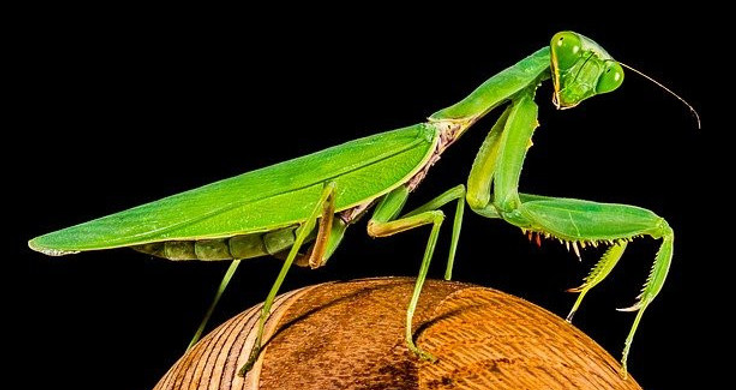
Lady Bug – bright red shell with black dots. They like to feed on aphids, mealy bugs, and scales to name a few. They can be commercially bought. (Amazon)
As an Amazon Associate I earn from qualifying purchases.
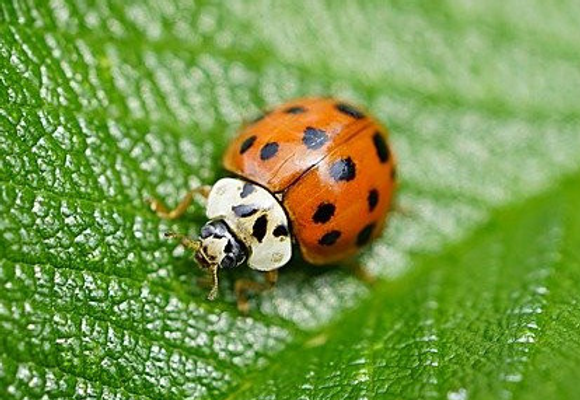
Dragonflies and Damselflies – are harmless to humans but catch and devour mosquitos and moths in flight. They like a pond or water environment.
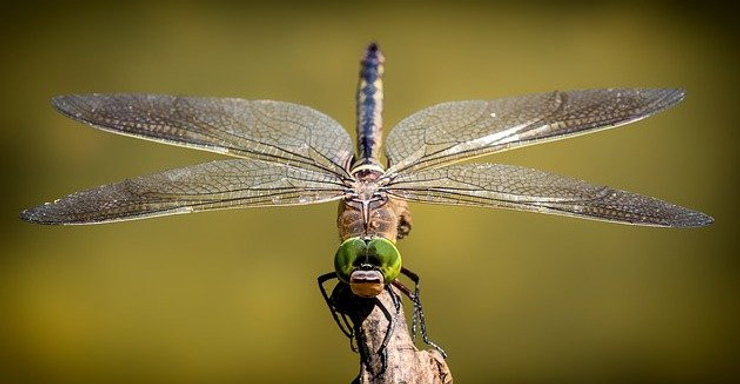
Lacewings – feed on soft bodied insects like white fly nymphs, aphids and mites.
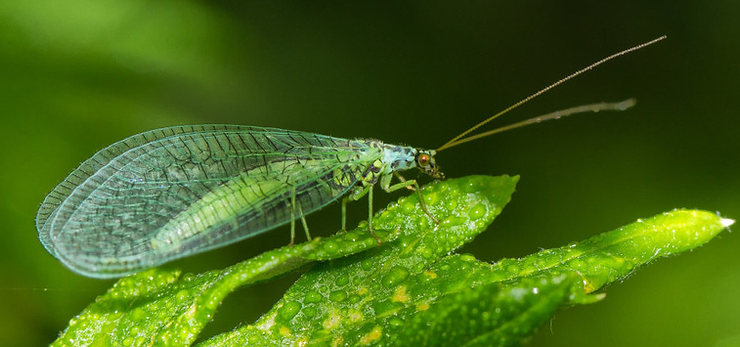
Centipedes – inject venom into their prey. Usually harmless to humans but can cause a reaction similar to a bee sting if bitten by one.
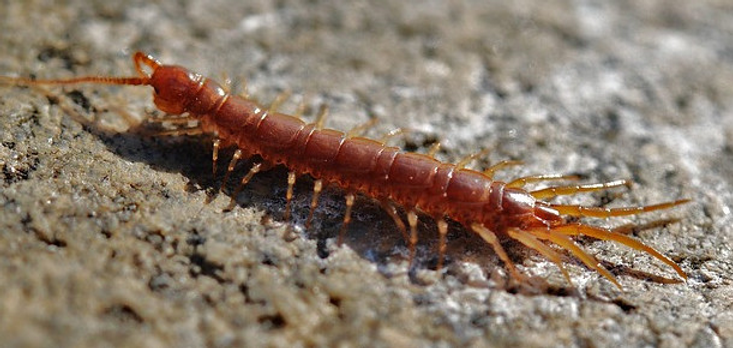
Garden Spiders – technically an Arachnid. Their sticky webs capture flying insects that they use for food.
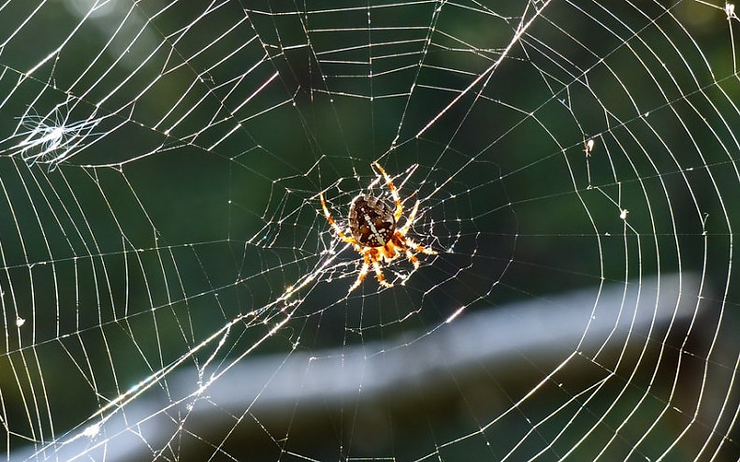
Parasitic Wasps – they inject their eggs into their prey, a caterpillar, and when their eggs hatch, the larvae feed off the host until it dies.
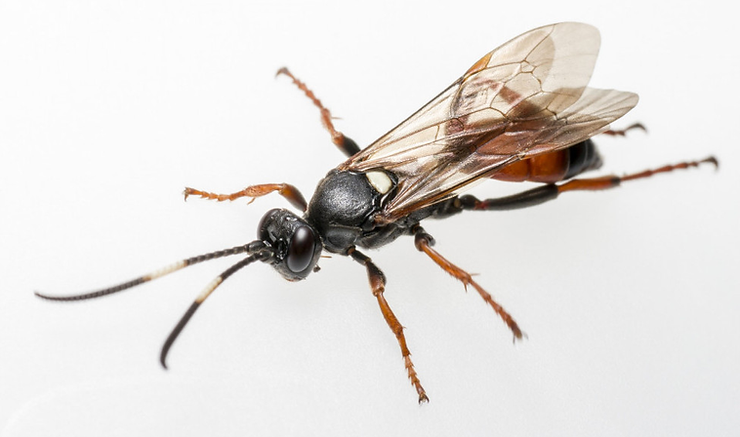
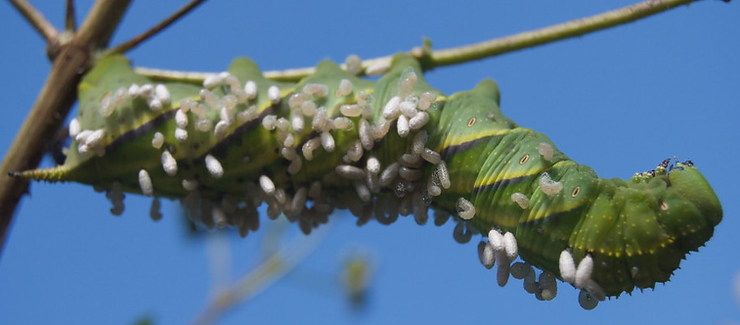
The above picture is a host with cocoons from a parasitic wasp on its back.
Soldier Beetle – this insect feeds on soft bodied pests such as aphids. The beetle’s young also prey on moth larvae.
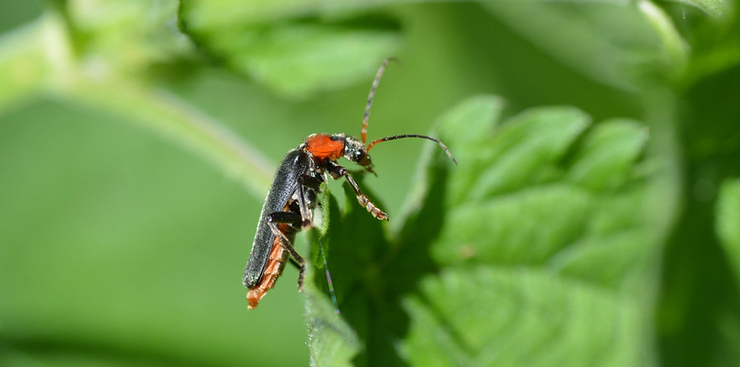
Butterfly – they transform in gardens throughout their entire life cycle, egg, caterpillar, pupa, chrysalis, and winged butterfly. They eat their prey, woolly aphids, in the caterpillar stage. These butterflies are attracted to a native milkweed plant. (Nature Hills Nursery). Monarch butterflies will nibble on juicy fruit slices from a plate in your garden.
WARNING! According to Poison Control, “All parts of the plant contain toxic cardiac glycosides, which can cause nausea, diarrhea, weakness, and confusion in small amounts, and seizures, heart rhythm changes, respiratory paralysis, and even death in large amounts. Milkweed can also irritate the skin and eyes if touched.”
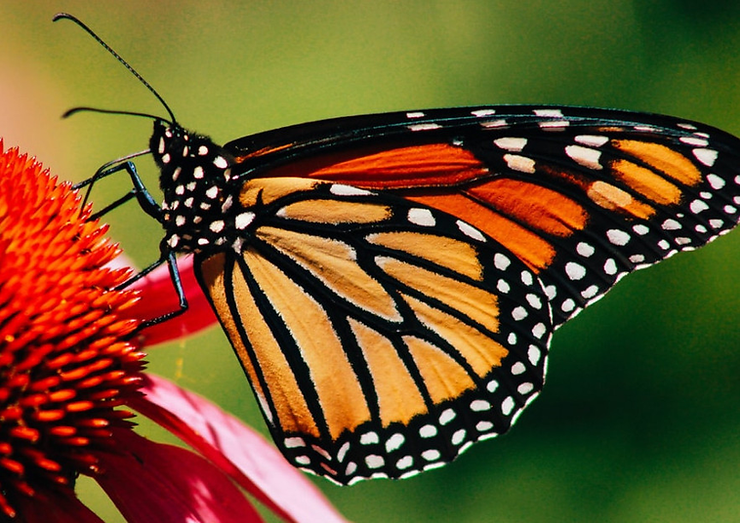
Time to Attract the Good Guys! Beneficial Garden Insects
A seasoned gardener is thrilled when they see the insects shown above in their gardens. But they don’t just magically appear. Such gardeners cultivate their land and create a healthy environment in which these good insects can thrive. By providing food and shelter where they can lay their eggs, you can almost guarantee a garden full of beneficial insects. One way to attract the good guys is by planting native plants in your garden. In addition, supplying the following items will assist in providing the best environment for these beneficial insects.
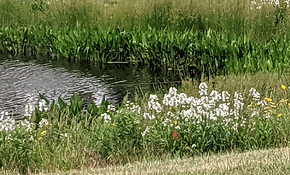
-
Soil is Key: supply good soil (Willow) full of nutrients; add organic compost and mulch; fertilize the plants to achieve the proper pH and nutrients in the soil
-
Diversity is Good Everywhere: have a variety of plants interspersed in your garden including flowers, herbs, (refer to “Planting Herbs in a Garden“) and some vegetables in order to entice the good insects to your garden and enable them kill off the bad ones. This will also promote pollination.
-
-
Provide a Water Source: not only do birds benefit from fountains, so do insects. Preying insects require a water source to survive. If you purchase commercially sold ladybugs, supply them with water after they are released into your garden. They will be very thirsty after their long journey.
-
Manage Your Weeds: excess weeds in your garden steal nutrients and water from plants. Therefore, it is best to pull weeds on a regular basis, or learn how to control them. Refer to my post, “Low Maintenance Flower Garden” for more information.
-
Disposal of Weeds and Dead Plants: do not leave pulled weeds or dead plants laying around in a garden. They could add diseases and/or unwanted insects to your private oasis. Plants with noticeable disease, damage (like tiny holes in leaves or yellowing parts), or with bad insects need to be placed in a plastic bag and disposed of in the trash. If the weeds are not diseased and are not in the seed form, you can place them in a compost pile. If the plants are seeding, they will just promote more weeds in your compost and ultimately in your garden.
In addition to native plants, specific flowers (Nature Hills Nursery) will guarantee visits from beneficial bugs. Here are just a few plants almost guaranteed to attract the good guys.
-
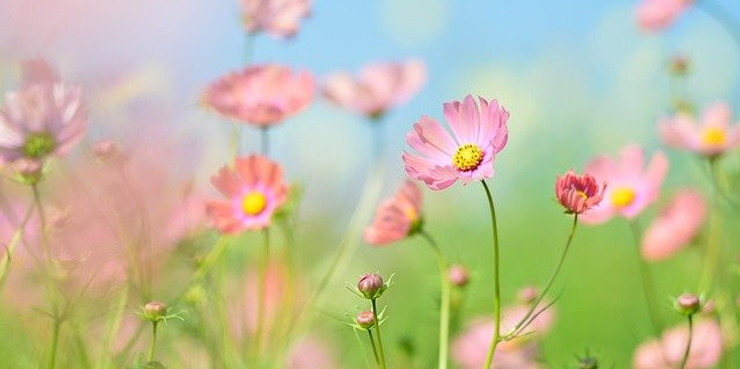
Queen Anne’s lace – its roots have been used as a diuretic to prevent and eliminate kidney stones
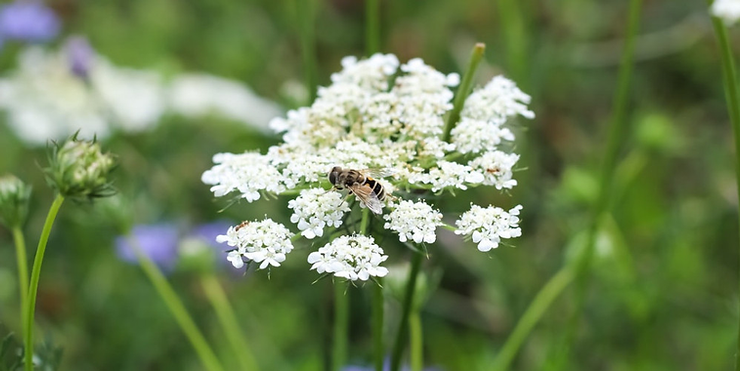
Sunflowers – come in annual and perennial varieties

Coneflowers – hardy perennial that is drought tolerant
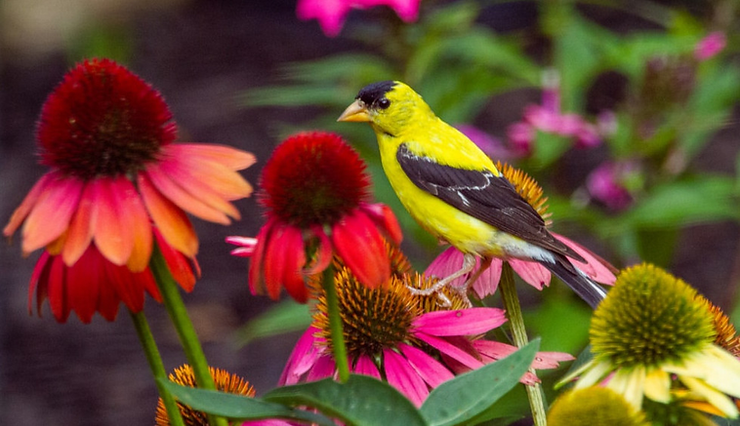
Black Eyed Susans – native to North America and are wildflower perennials
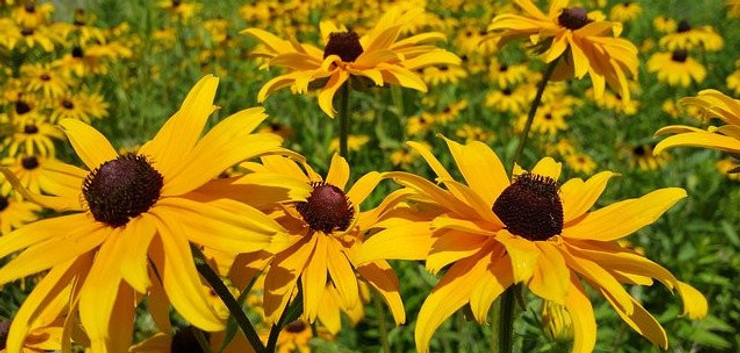
Yarrow – grown in temperate zones and is drought resistant. Its oil reduces inflammation and heals and seals open wounds. It comes in yellow, white and salmon colors.
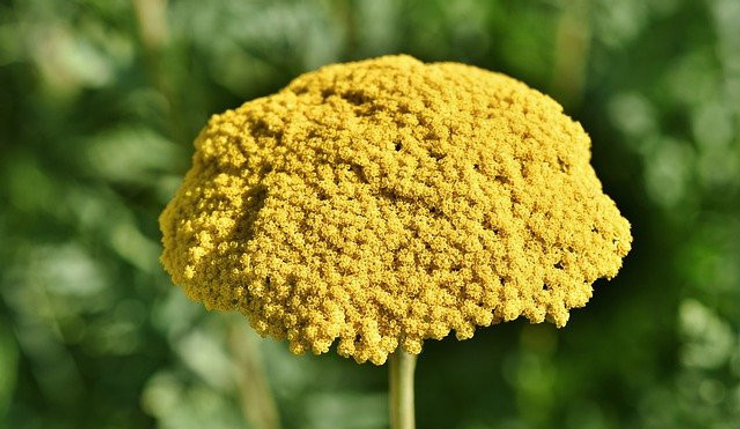
Where did the Term Honeymoon Originate? – Some Insect Fun Facts
The term “honeymoon” comes from the Middle Ages, when a newly married couple was provided with enough honey wine to last for the first month of their married life.
(Smithsonian)
Wasps that feed on fermenting juice can become drunk and pass out.
A particular Hawk Moth caterpillar from Brazil, when alarmed, raises its head and inflates its thorax, causing it to look like the head of a snake. (Smithsonian)
Mexican jumping beans found in stores actually have a bean moth caterpillar inside them.
Calling Not All, But Good Bugs!!
If you desire a healthy garden, then attract healthy insects. By offering good soil, a water source, properly diversified vegetation and managed weeds you too can create a sustainable garden free of harmful chemicals and chock full of lovely insects!
I hope you enjoyed this post. Please leave a comment below. I’d love to hear from you.
Happy Gardening,
Nina

